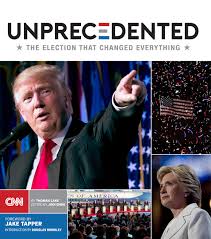

Douglas, Supreme Court Justice Cesar Chavez, a labor organizer and Rachel Carson, a marine biologist and author.Ĭarson’s book Silent Spring, published in 1962, depicted how detrimental DDT was to living creatures. They included: David Brower, director of the Sierra Club Barry Commoner, an environmental justice advocate Coretta Scott King, who became an antinuclear activist Stewart Udall, U.S.

Urgent and illuminating, Silent Spring Revolution pays tribute with verve and insight to the original environmental activists who fought to halt the destruction of the natural world during the “Long Sixties” (1960-1973).

But, as Brinkley shows, this historic prosperity came at a heavy cost: oceans began to die, wilderness vanished, the insecticide DDT poisoned ecosystems, wildlife perished, and chronic smog blighted major cities. The author will be in conversation with Professor of Geography and Director of the Institute for Sustainable Cities at Hunter College, William Solecki.Īs the United States continues to grapple with climate change and resource exhaustion, Brinkley’s meticulously researched and deftly written Silent Spring Revolution delivers a powerful reminder of-and need for-the power of the new generation of 21 st century environmentalists to save the planet from ruin.ĭuring the unprecedented postwar economic boom of the 1950s, America became the world’s leading hyperindustrial and military giant. In this chronicle of the rise of environmental activism, Brinkley tells the story of an indomitable generation that worked to save the natural world under the leadership of three American presidents, beginning in 1961.

Kennedy, Rachel Carson, Lyndon Johnson, Richard Nixon, and the Great Environmental Awakening by bestselling author and acclaimed presidential historian Douglas Brinkley. Roosevelt House is pleased to present a discussion of the new book Silent Spring Revolution: John F.


 0 kommentar(er)
0 kommentar(er)
